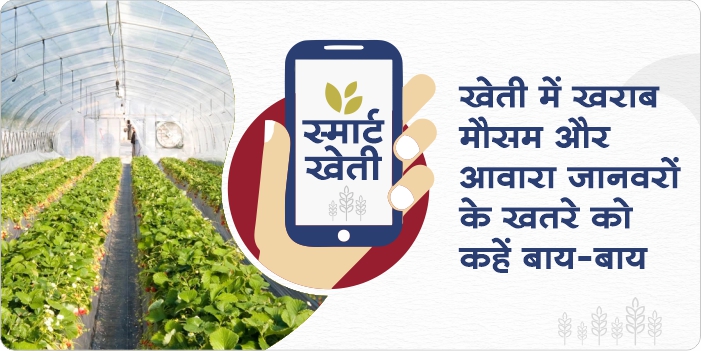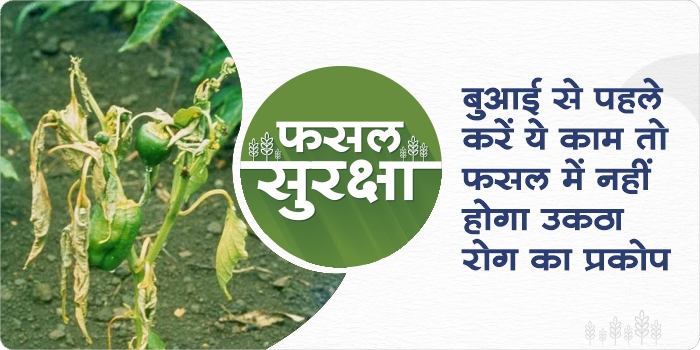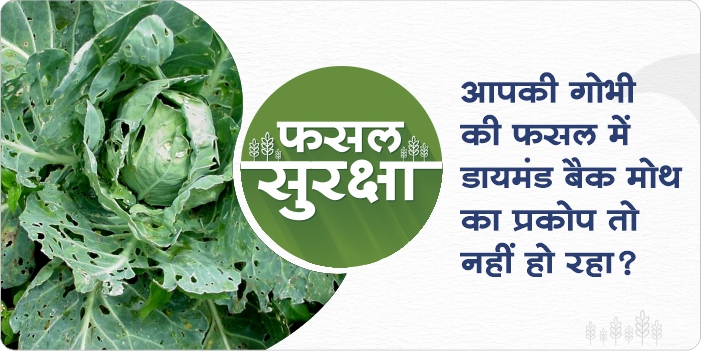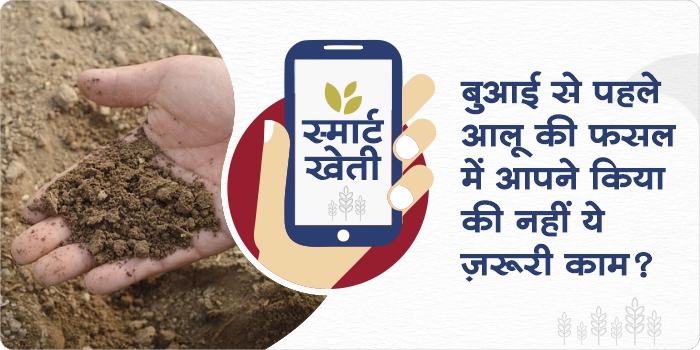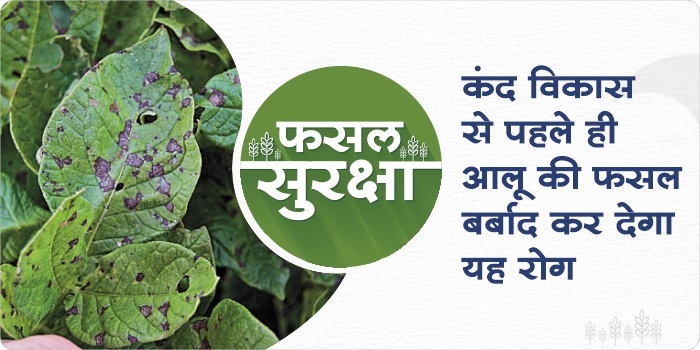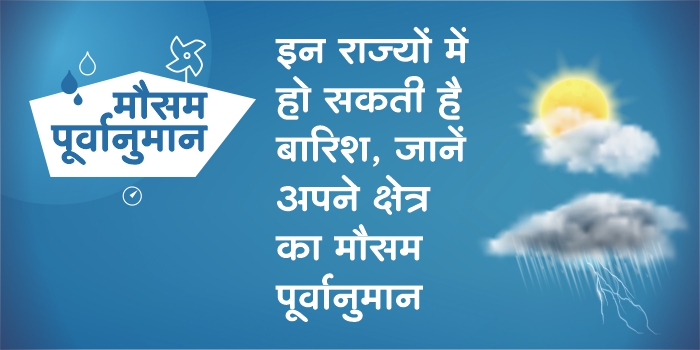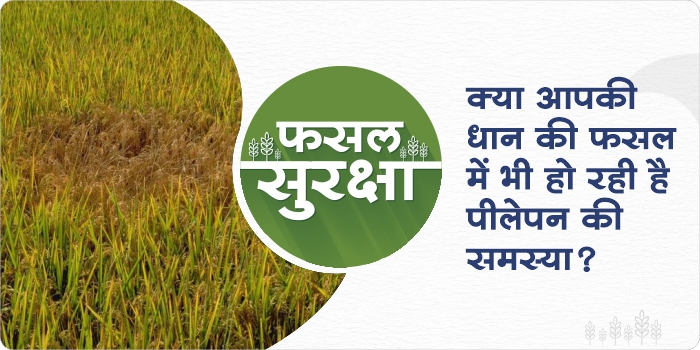This year, due to heavy rains, floods and pest-related diseases have caused significant damage to crops. The Central Government had sent a team to assess the damage done to the crop. In Madhya Pradesh, the work of estimation has been completed, now only the farmers are waiting to get assistance.
On this subject, CM Shivraj Chauhan has said that “the entire assistance amount will be provided to the farmers affected by floods and pest-sickness in the state”. It is important to note that due to floods and pest diseases in the state, crops in about 40 lakh hectare area have been affected, for which compensation of about Rs 4,000 crore is expected. Last year, crops of about 60 lakh hectare area were damaged in the state, and compensation of Rs 2000 crore was distributed to the farmers.
Source: Kisan Samadhan
Share

